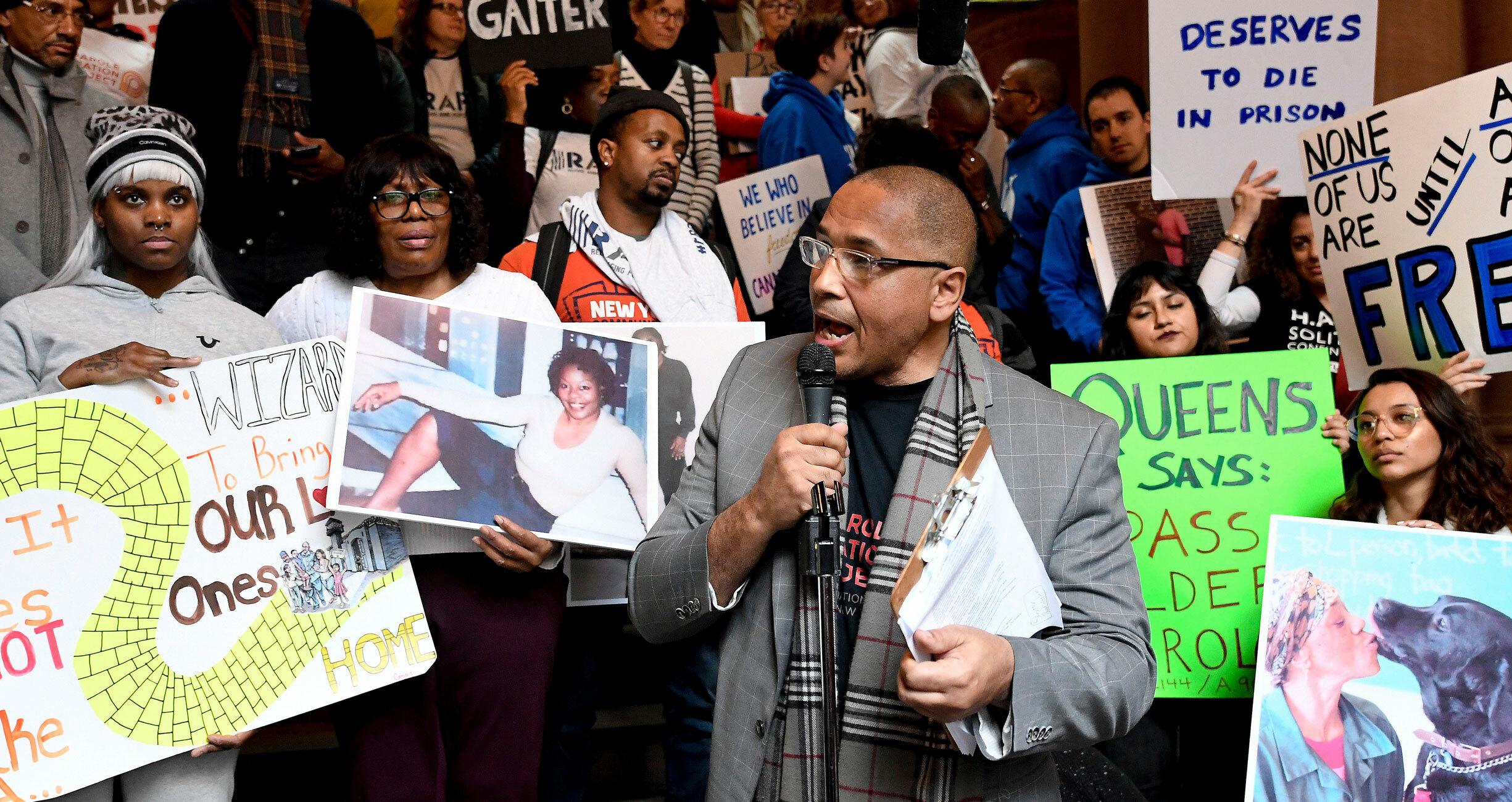New York’s Parole System Is Broken

Why are people eligible for parole being denied when they pose no public safety threat?
Every year in New York, approximately 10,000 people who have served their minimum sentences appear before the parole board to advocate for their release. In a majority of cases, they’re denied.
In 2019, only 40 percent of people who were eligible were granted parole in New York. In 2020—a year that demanded decarceration as a pandemic threatened the health and safety of millions behind bars—the release rate rose by a meager 1 percentage point. Those figures—though not the worst in the country—are far from the best.
In the report, “Toward a Fairer Parole Process: Examining Parole Denials in New York State,” the Vera Institute of Justice (Vera) analyzed 168 parole interview transcripts of people serving life sentences from over the past 13 years. All the cases reviewed resulted in denials—even though most people demonstrated that they posed no current public safety threat. Every denial was based on the parole-seeker’s original crime, ill-defined concerns about public safety, or a combination of both.
“The current parole process in New York is very focused on who someone was, rather than who someone is now,” said Benjamin Heller, one of the report’s authors. “For most of the people in our sample, the crime that we're talking about happened decades ago.”
Essentially, people were denied parole because of their original crime or unspecified public safety concerns even if they met all other criteria for release. Most parole-seekers had participated in prison education programs or vocational programming or held jobs while in prison. During their interviews, they shared comprehensive release plans, including detailed arrangements for housing and employment. And they included letters from family, friends, corrections staff, and reentry service providers who vouched for their character. Most also received low COMPAS scores, meaning they presented a low risk of future violence or arrest. (COMPAS scores are a problematic but nonetheless required metric used by the state to determine the likelihood that a person will engage in violent behavior.)
Still, they were denied.
“The state is putting people through a pointless process. Parole-seekers show up before the board only to be denied because of their original crime, an immutable fact that commissioners know at the outset,” Heller said.
When parole commissioners make decisions based only on the gravity of the original crime, they ignore the considerable time already served. They also fail to account for parole-seekers’ accomplishments while incarcerated and disregard the fact that people tend to age out of criminalized behavior.
And in many of the cases where vague concerns about public safety were cited, parole-seekers’ COMPAS scores directly contradicted the commissioners’ assessments.
Parole commissioners not only fail to offer specificity in their decisions, they also do not provide any guidance as to what a person can do to be granted parole at the next interview—up to two years later.
New York’s parole system is also riddled with ambiguity and lacks transparency. We know little about how parole commissioners are selected, vetted, nominated, confirmed, and reappointed. It’s unclear what metrics both the governor and state senate use to decide whether a candidate is suitable for the job.
“Everything about the process feels opaque,” Heller said.
Further, there are mountains of evidence on the racial disparities in our criminal legal system. Decisions from bail to sentencing often hinge on race, with Black and Latinx people more likely to face increased scrutiny and harsher punishments than white people. Every quarter from 2017 to today, the release rate for white parole-seekers in New York was higher than the rate for Black or Latinx parole-seekers.
How can New York fix this broken system?
The state needs to reshape its parole process to presume release, as many other states—like Hawaiʻi, Michigan, and New Jersey—do. Hawaiʻi, for example, grants parole to all people assessed as low risk, with severely limited exceptions.
The state also needs to adopt greater transparency and publish individual commissioners’ parole release rates, release rates by race, and criteria for nomination and confirmation to the Board of Parole. Instead of primarily appointing people with backgrounds in prosecution, law enforcement, or corrections, the parole board should prioritize people with backgrounds in areas like social services and health care, a move that would provide the board with valuable perspectives.
Mass incarceration doesn’t make our communities safer, and parole is an important tool that can shrink the footprint of our system. In New York, there’s much room for improvement.
